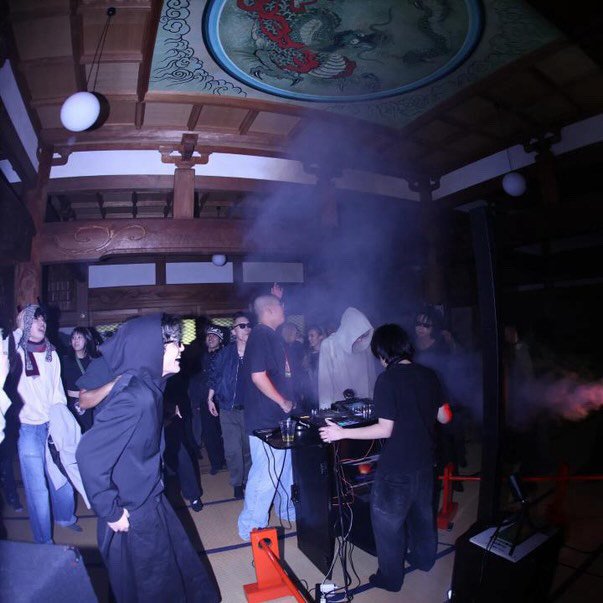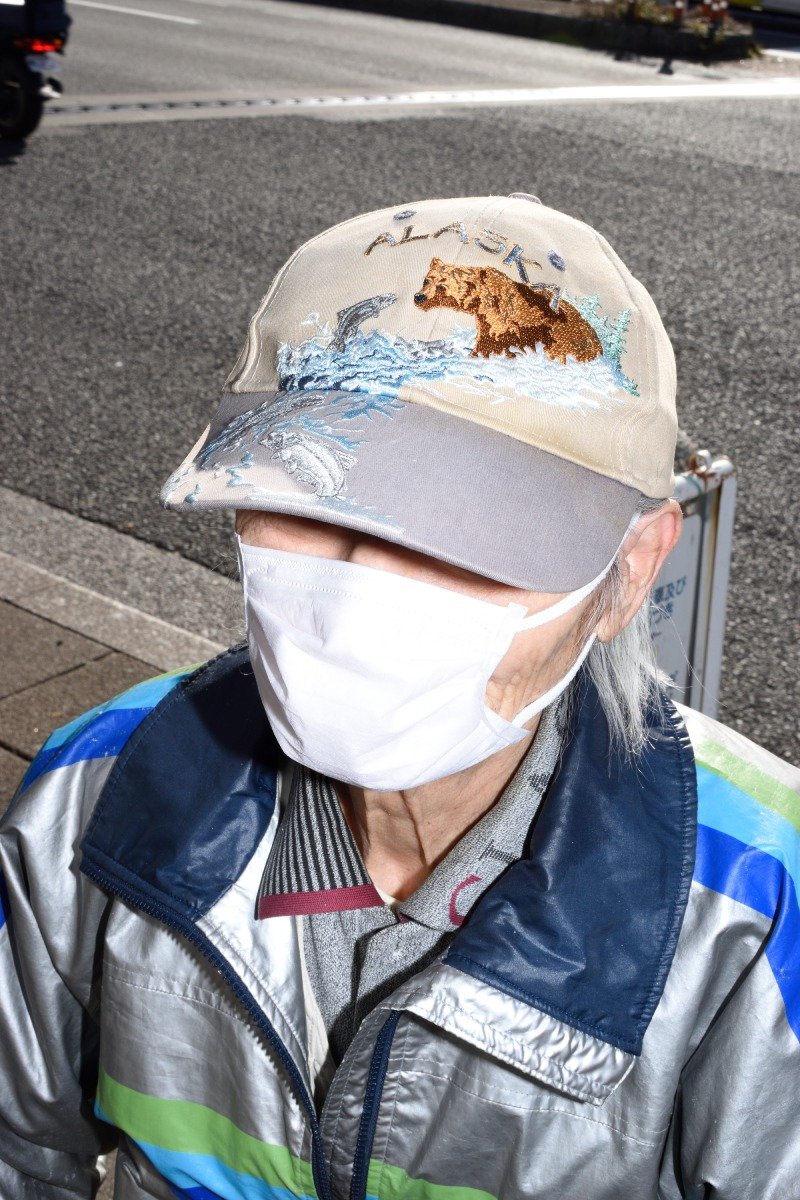Meet the Legends - Artists That Shaped Japanese City Pop
Miki Matsubara
If you’ve ever been pulled into the nostalgic world of Japanese City Pop, you’re not alone. The iconic repertoires of Miki Matsubara, Mariya Takeuchi, and many others create a window into Japan’s golden era of the 1980s—a time of endless possibilities, neon nights, and an unstoppable economy. From smooth grooves to jazz-inspired melodies, City Pop perfectly captures the era’s optimism and style. But who were the artists who shaped Japan’s legendary musical export?
What is City Pop?
Before we dive into the top artists, let’s set the scene: City Pop is a genre born out of Japan’s economic boom in the late 1970s and 1980s. Imagine Tokyo filled with bright neon signs, jazz cafés, luxury cars, and an expanding tech scene. Musically, City Pop is a melting pot, blending Western musical influences like funk, jazz, disco, rock, and R&B into a uniquely Japanese style. The genre is as unique in its sound as it is in its vibe, with the recurring themes of sensual love affairs and summer nights taking center stage.
While City Pop was a uniquely Japanese phenomenon, it’s gone on to inspire genres like lo-fi, synthwave, and vaporwave decades later. For many, discovering City Pop is like stepping into a time capsule—instantly transporting you to a Tokyo night in 1983, driving through the city under the glow of neon signs.
The Pioneers of City Pop
While most of us know the queen of City Pop, Miki Matsubara, and her iconic hit Mayonaka no Door / Stay With Me, and many are familiar with artists like Mariya Takeuchi and Anri, we often overlook the true pioneers—the artists who shaped City Pop before it even had a name. These were the musicians who laid the groundwork for the genre, mixing American and Japanese musical influences and capturing the energy of an entire era.
Haruomi Hosono - The Introduction to Electronic Music
You can’t talk about City Pop without mentioning Haruomi Hosono. As a founding member of the legendary group Yellow Magic Orchestra (YMO), Hosono brought a revolutionary electronic sound to Japanese music, blending traditional Japanese music with funk, jazz, and early synth sounds. His album Philharmony (1978) is a standout for its experimental take on pop, blending ambient soundscapes and synth-pop. While the album in general sound extremely niche and avant-garde, the track Sports Men hints at the sounds and atmosphere that would later become the foundation of City Pop. Hosono’s contributions impacted Japan’s electronic music as a whole. Listening to Philharmony, it’s easy to see how Hosono’s pioneering vision and passion for electronic music helped introduce modern electronic elements to Japan in the late ’70s.
Tatsuro Yamashita - The King of City Pop
If Hosono was the experimental architect, Tatsuro Yamashita is often considered the King of City Pop. Yamashita’s music is timeless, with catchy, smooth, R&B-influenced melodies that feel like a warm summer night. His voice has that classic ’80s smoothness, and he somehow manages to make every song feel like it’s about falling in love for the first time. His 1980 album Ride on Time can be considered the first ever City Pop album.
Two years later Yamashita releases For You (1982) his quintessential album with iconic album art by Eizin Suzuki, featuring tracks like Sparkle that perfectly embody City Pop’s upbeat, polished style. The track even got a new music video in 2023 due to its renewed popularity.
Album cover of For You
Taeko Ohnuki - Taking the Lead
No exploration of City Pop’s founding legends would be complete without Taeko Ohnuki, an artist whose work captures the refined elegance and complexity of 1980s Japan. Ohnuki began her career as a founding member of the folk-rock band Sugar Babe, alongside Tatsuro Yamashita, but she truly came into her own as a solo artist. Her most famous song, 4:00AM (1977), is often hailed as one of the very first City Pop songs. Having worked closely with Yamashita, it’s clear that the City Pop movement took root within a selective circle of artists who influenced each other to push the boundaries of Japanese music.
Ryuichi Sakamoto - The Genre-Bending Genius
As a fellow member of Yellow Magic Orchestra, Ryuichi Sakamoto helped introduce electronic sounds into City Pop, blending synths with traditional pop structures. Sakamoto’s solo work is hauntingly beautiful, with the soundtrack for Merry Christmas, Mr. Lawrence standing as his most famous musical legacy. Both his collaborative work with Hosono and drummer Yukihiro Takahashi in YMO, as well as his solo compositions, are foundational to the early electronic music movement in Japan. Today, his music has been sampled, covered, and reimagined across genres.
Iconic Voices of City Pop
The course was set, and carried on the legacy of City Pop on its journey to making the world a more colorful place. The City Pop scene has too many names to cover in one article. Artists like Yurie Kokubu, Toshiki Kadomatsu, Tomoko Aran, and Junko Ohashi, among countless others, have become household names of the genre throughout the years. Yet many of their current hit singles didn’t get the recognition they deserved until the genre witnessed its massive revival several years ago.
Mariya Takeuchi - Soulful Storytelling
Mariya Takeuchi is a name almost synonymous with City Pop. Her smooth, soulful voice and timeless songwriting make her an essential part of the genre. If you’ve heard the 1984 hit Plastic Love, you already know the magic of Mariya’s sound—soft yet powerful, nostalgic but fresh. If you didn’t, it’s time to open Spotify right now. Together with Matsubara’s Mayonaka No Door / Stay With Me, Plastic Love might be the single most famous City Pop song today, thanks to the genre’s viral resurgence on YouTube and streaming platforms. The bass line alone is iconic, capturing that bittersweet feeling of urban romance. When listening Plastic Love for the firs time, prepare to being floored by how instantly nostalgic it feels. It’s as if Takeuchi’s music pulls memories from a life you never lived but somehow miss.
Miki Matsubara - The City Pop Queen
With her jazzy tones and upbeat energy, Miki Matsubara’s single Mayonaka No Door / Stay With Me brought a new flavor to City Pop as the genre entered the 1980s. Thanks to the recent revival, Matsubara’s single was catapulted to the status of monster hit, becoming the global anthem of City Pop. The musical power of Mayonaka No Door / Stay With Me is remarkable—its timeless, cinematic feel and irresistible melody make it impossible not to sing along. Matsubara’s music embodies the effortless elegance synonymous with City Pop.
However, her contributions to music didn’t end there. Matsubara had a successful career, with other popular tracks like Wash and work on original soundtracks, including for Gundam 0083. Sadly, Miki Matsubara passed away at the age of 44 in 2004 after a courageous battle with cervical cancer.
Kingo Hamada - Shining Behind the Scenes
Although his personal work is not always recognized among the biggest names in City Pop, Kingo Hamada has been writing songs for other City Pop artists like Takahashi Reiko’s Sunset Road. Hamada captured the bittersweet, reflective mood and glamorous energy of Tokyo nights like no other. His 1982 album Midnight Cruisin’ is considered a hidden gem of the genre, blending jazz, R&B, and smooth pop elements. The album includes the recognizable single City Dolphin, which received a newfound recognition after Engelwood’s 2017 remix, released under the name Crystal Dolphin.
Anri - A Beach Trip
Anri is known for bringing tropical, beach-inspired vibes to City Pop, giving the genre a relaxed, breezy quality. Her voice is playful yet soulful, making her music feel like the perfect soundtrack for a summer drive. Her most iconic album, Timely!!, released in 1983, includes hits like Last Summer Whisper, which captures the sun-soaked nostalgia of summer. Anri’s music adds a playful dimension to City Pop, balancing the genre’s urban vibes with a beachy twist. Listening to Timely!! feels like being transported to a Japanese seaside town—driving along the beach road, roof down, without a care in the world.
The Bands and Collaborations
Although City Pop is best known for its solo artists, it also saw an impressive collection of bands and collaborations that have defined the genre throughout the years
Omega Tribe - Smooth Operators
Omega Tribe carved out a niche in City Pop with their laid-back, soft rock vibe, often categorized as “Japanese AOR” (Adult Oriented Rock). Their songs are smooth, melodic, and feel tailor-made for sunset drives along the coast, thus a perfect mix with Anri’s vibe. Behind the group was producer Koichi Fujita, who strictly kept his presence backstage. The face of the group changed a couple of times, starting with Kiyotaka Sugiyama in 83, transitioning to Carlos Toshiki in 86, and ending with Masahito Arai from93 until 94. Omega Tribe released a string of successful City Pop albums, the most famous being the 1983 Aqua City featuring the hit Summer Suspicion ideal for a nightly cruise. Omega Tribe helped bring a more relaxed, West Coast-inspired vibe to City Pop. Their sound has a unique way of blending soft rock with that City Pop sheen.
Southern All Stars - Pop Rock Innovators
One of Japan’s most popular bands—and the odd one out when it comes to the classic City Pop sound—Southern All Stars blended pop and surf rock with the smoothness of City Pop to introduce an entirely unique sound to Japan’s music scene. They expanded City Pop’s boundaries, creating a style that was even more distinctly Japanese. The group brought a sense of playfulness and energy that resonates with fans of all ages, as heard in their best-known and most diverse studio album, NUDE MAN, released in 1982. NUDE MAN explores the extremes of the genre, featuring slow ballads intertwined with uptempo City Pop classics.
Why City Pop Still Matters
To be honest, City Pop faded from the mainstream for a while. By the 2000s, it had become a niche movement as a new generation of Japanese artists took the reins, embracing emerging genres like Shibuya-kei and hip-hop. Yet, the timeless appeal of City Pop endured, and around 2010, it began to reemerge from the shadows. Songs like Miki Matsubara’s Mayonaka No Door / Stay With Me and Mariya Takeuchi’s Plastic Love—which hadn’t achieved major mainstream success at their initial release—sparked a revival as vinyl records gained renewed popularity. City Pop albums, rediscovered by vinyl diggers worldwide, were digitized and shared online, introducing the genre to a new global audience.
The power of City Pop is hiding in its ability to capture the atmosphere of the thriving state of Japanese society in the 80s. In the end it’s no surprise that City Pop is seeing a massive revival, from its presence in lo-fi and vaporwave to its resurgence on streaming platforms. These artists didn’t just create a genre; they captured a moment in time filled with joy, dance, and 80s flair, a moment that anyone—even outside Japan—can tap into. If you haven’t yet dived into City Pop, start with these legends. Their music will take you to a place where the lights are always on, the city is always buzzing, and the night feels endless.









The artist that turned city pop into a global phenomenon.